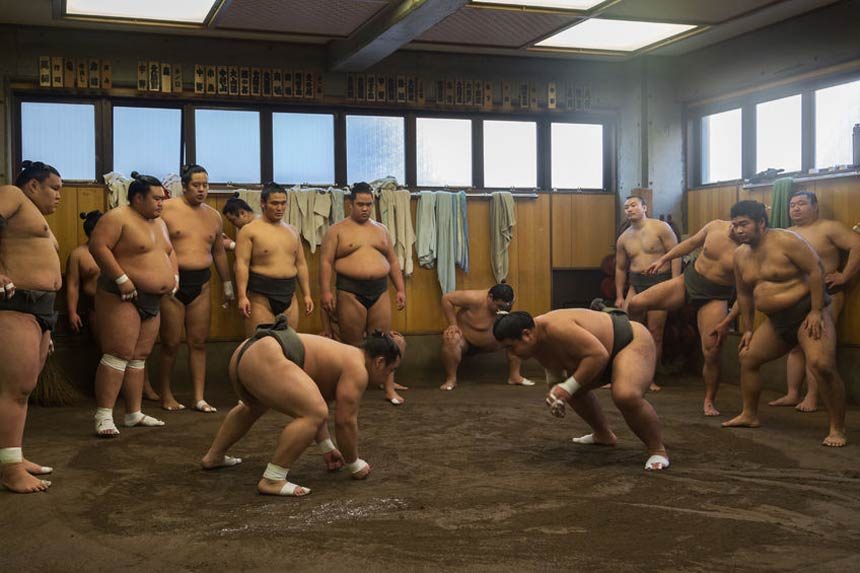
 Image credit: olli0815/123rf
Image credit: olli0815/123rfWhat
Sumo wrestling is the national sport of Japan. Over the years, interest in the sport has increased together with the rising popularity of Japanese culture all over the world.
As a result, some sumo stables, called “beya”, have opened their doors to tourists. Guided tours are now available, allowing outsiders to watch the early morning practice sessions, known as asa keiko in Japanese.
There are roughly 45 sumo stables in Tokyo. Not all of them reveal their inner lives to the public so it is best to do your research before heading to one.
Why
The morning sumo practice sessions are the best and cheaper alternative to watching live sumo matches. Sumo tournaments are seasonal and the cheaper tickets are sold out fast.
But most importantly, a visit to a sumo stable gives us rare chance to witness sumo action as close as 20 feet! Yes, the limited size of the stables enables this.
Ditch the paid guided tour and go on your own for free. You are in luck if you are the only visitor of the day and have the ringside view all to yourself.
Observe proper etiquette at the stable
Visitors should avoid disturbing the sumo wrestlers while the practice session is ongoing. Even the slightest sound, like whispering or chewing gum, can be distracting and must be avoided.
Taking photos and videos of the practice is prohibited unless with special permission from the stable.
Go early so you can settle in before the start of the session. Pay your respects to the stable master and wrestlers by bowing. Children under 12 years old are not allowed.